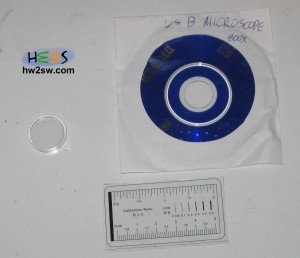
MASTECH MS8229 is a 5 in 1 multimeter with excellent value for money rate.
By reading this post we have found that the IC used by this multimeter was the : FS9721-LP3.
This chip has RS232 output capabilities. The data-sheet can be downloaded from here : FS9721-LP3
The idea here is , starting from the IC documentation, to hack this multimeter, extract the data via RS232 and with the help of a dedicated software to be capable to do data logging.
This will be a hardware to software approach.
The pages 13 and 14 of the data sheet describe the transmission protocol.
Based on these two pages we will produce later our software application.
In the page 15 we can clearly see how we must hack our multimeter in order to output our serial data.
...continue reading "Adding data logging into MASTECH MS8229"






